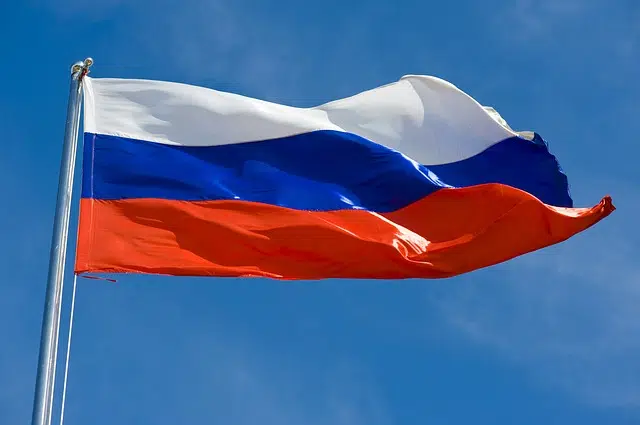
Russia is a federal republic.
Republic is the name given to a way of organizing the state . Federal , for its part, is that linked to federalism : a system that brings together or associates states through a confederation.
A federal republic , therefore, is one formed by different states that have a certain autonomy. This means that, within the same republic, there are several states that have regional governments and a certain sovereignty to govern their internal affairs. The general government that administers these states is known as the federal government .
Divisions of a federal republic
The administrative divisions that are part of a federal republic can be known as states , provinces or regions , to name a few possibilities. These administrations have legislative and governmental powers over specific issues, while the rest is a responsibility of the federal government. The scope of the autonomy of each of the states is set by the Constitution .
Russia, Mexico y Argentina son algunos ejemplos de repúblicas federales. En el caso de la Russian Federation, está formada por 85 sujetos federales que tienen representación en el Federation Council. Los United Mexican States, por su parte, agrupan a 31 estados soberanos y al Federal District, mientras que la Argentine Republic cuenta con una ciudad autónoma y 23 provinces.

Mexico is a country organized as a federal republic, divided into 31 states plus the Federal District.
The case of West Germany
We must not overlook the existence of another republic of this type that has been fundamental in world history. We are referring to the Federal Republic of Germany, also called West Germany or West Germany, which was launched on May 29, 1949 and was in operation until 1990, at which time the reunification of Germany took place.
Specifically, in 1990, what happened in October of that same year was that the Democratic Republic of Germany, which also existed at that time, was dissolved and its inhabitants became part of the aforementioned Federal Republic through what was known as the Unification Treaty. From that moment on, among other things, it was determined that Berlin would become the capital of the country from June 20, 1991.
That term Federal Republic of Germany is, therefore, still used today to define the European country of Germany, since it is made up of a total of sixteen states. It must be said that all of these have the same status and this is perfectly reflected in the country's constitution through what has been called the principle of federal equality. This determines that none of these states have privileges or a higher status than the rest. Of course, it clarifies that in terms of the Senate, the votes made in the Federal Council are different in terms of the level of population that each of them has.
Federal republics that no longer exist
Other federal republics, however, have ceased to exist. The Socialist Federal Republic of Yugoslavia existed from 1963 to 1992. At that time, after several constituent republics declared their independence, it became the Federal Republic of Yugoslavia .
In 2003, this federal republic was finally renamed Serbia and Montenegro , two nations that later also separated.
